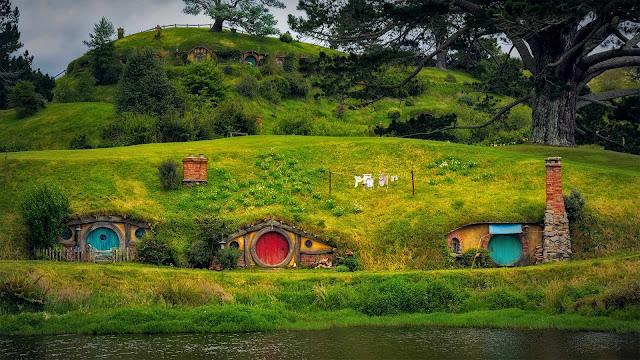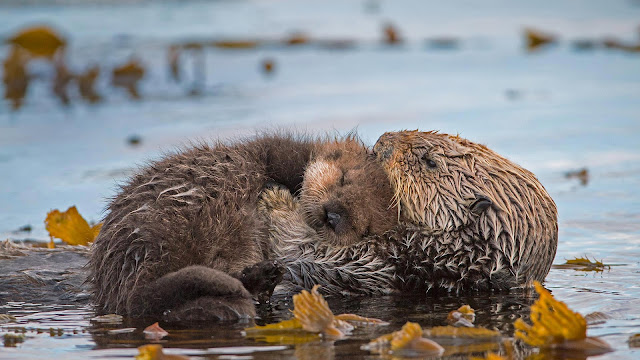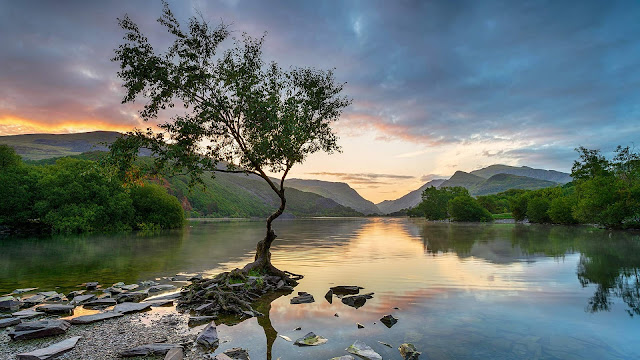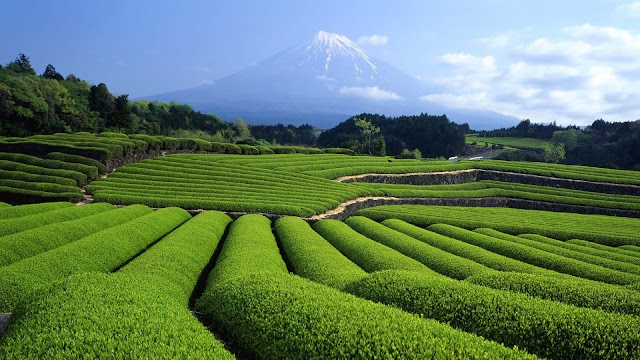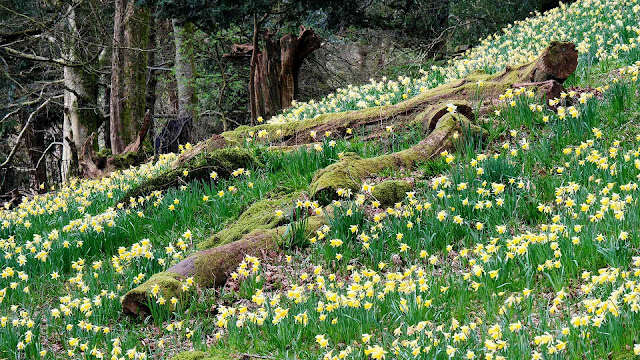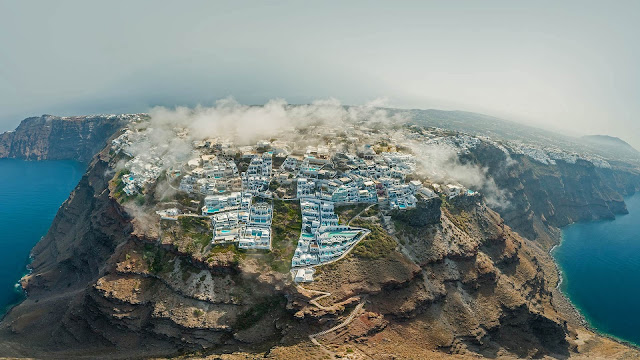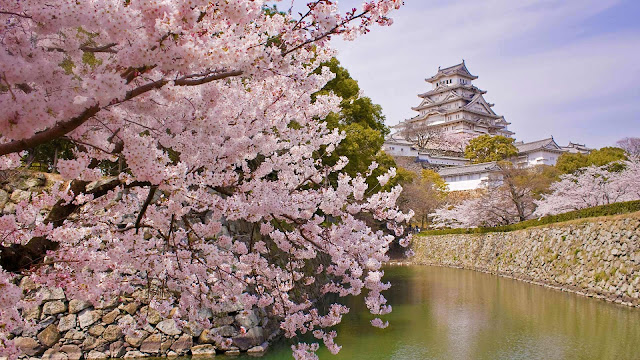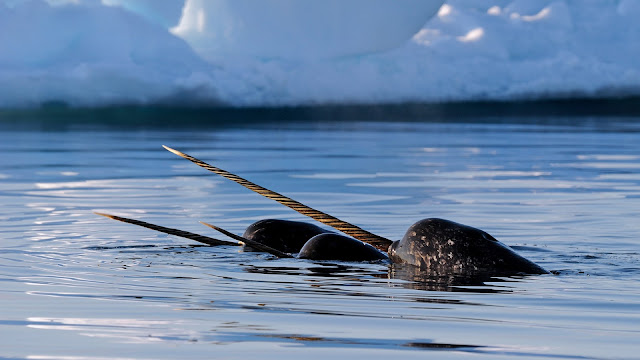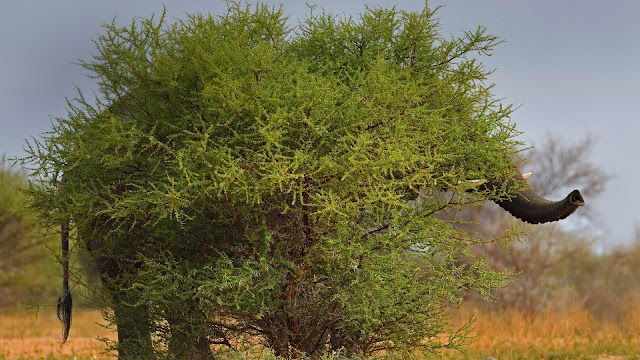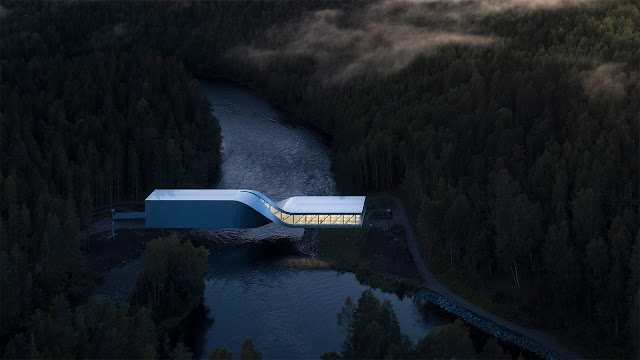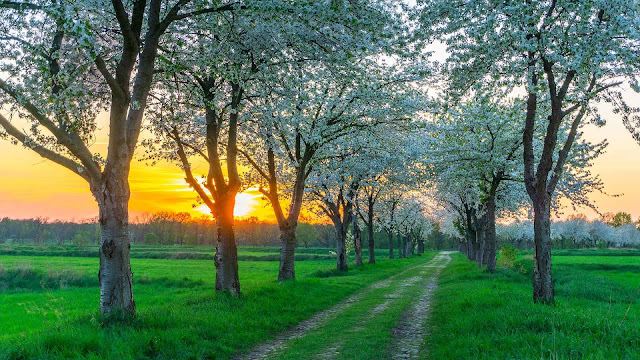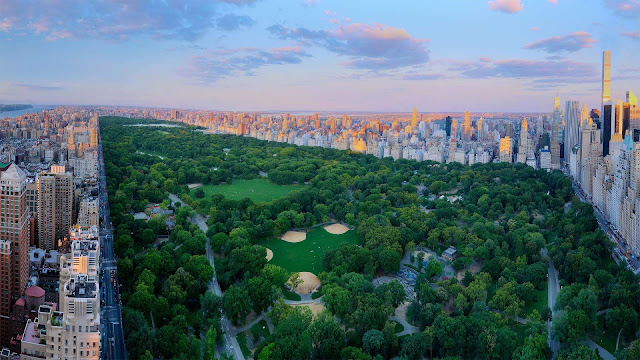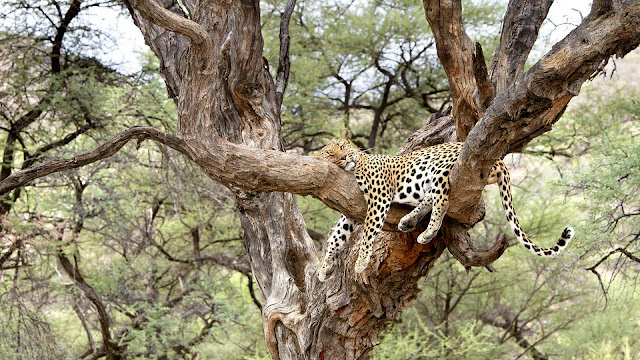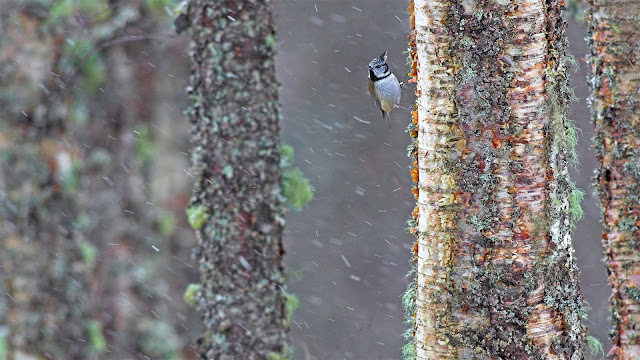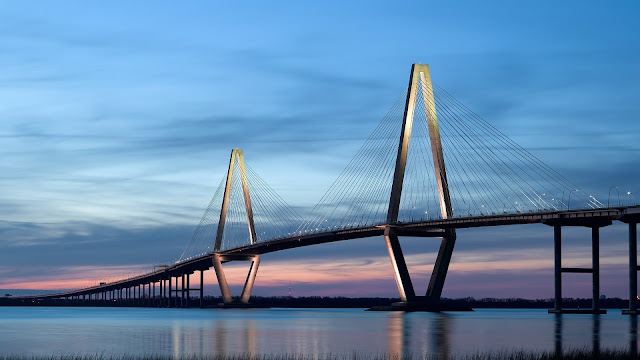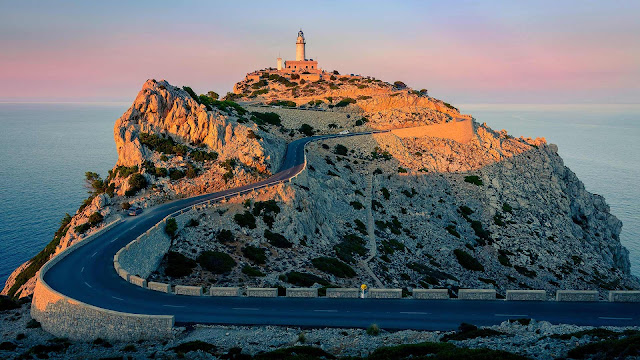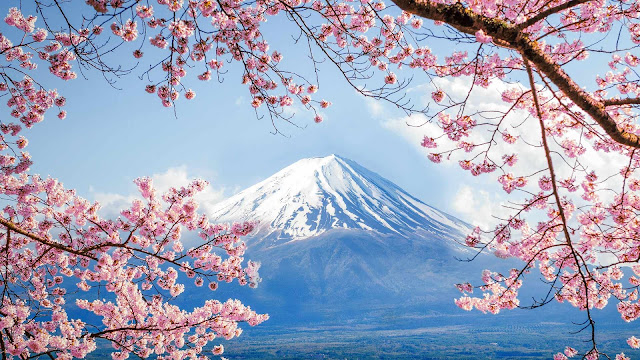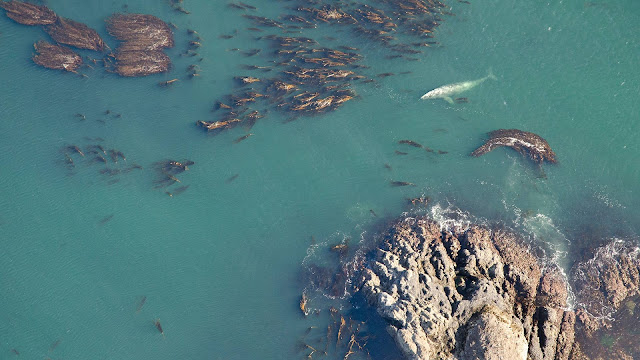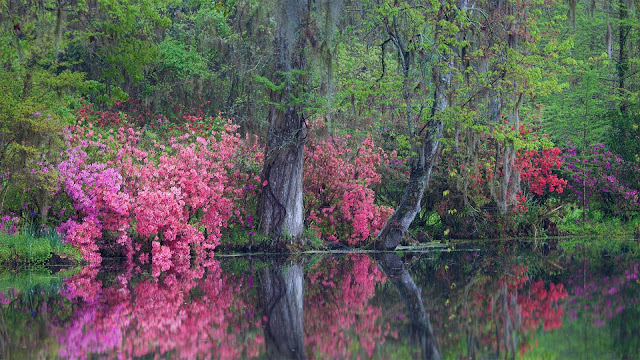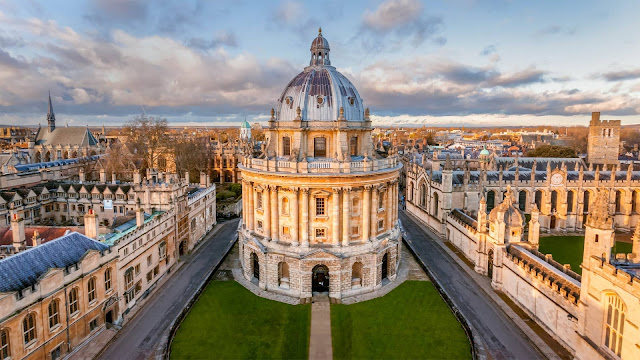A Fantasy For Nature Lovers

Tigh Mor and Loch Achray, Perthshire Bing has taken this breathtaking photograph at Loch Lomond and the Trossachs National Park which also happen to be the favorite place of photographers. And by looking this shot you know the reason why... The whole Loch is covered in mist and a magical spell that bounds your hearts and calls to its beauty. Loch Achray is one of 22 larger lochs in Scotland’s first national park. Others include its namesake, Loch Lomond, Britain’s largest freshwater lake, and Loch Katrine, which inspired Sir Walter Scott to pen his epic 1810 poem The Lady of the Lake. Tigh Mor sits about a mile east of Loch Katrine and was well situated in the 19th century to pick up passing trade from tourists en route to see the famous loch. When it was built as a hotel in 1849, it had a fairytale-like appearance with its imposing towers and ‘candle snuffer’ coned roofs. Despite later additions, and a restoration in the 1990s which saw it turned into holiday accommodation, it st
